Editor's Note: If you are interested in becoming an expert on Innovation Management, take a look at Flevy's Innovation Management Frameworks offering. This is a curated collection of best practice frameworks based on the thought leadership of leading consulting firms, academics, and recognized subject matter experts. By learning and applying these concepts, you can stay ahead of the curve. Full details here.
* * * *
Humans inherently connect to each other in an indigenous context, generate knowledge, and develop a product to be disseminated by way of commerce. Traditionally, Global Innovation practice has seen assembling of people with vital capabilities and essential knowledge via co-location.
Co-location is the gathering of Innovation specialists into a handful of Innovation centers, domestically and in prime markets. The innovative products and/or services created by them are then dispersed to markets throughout the globe.
However, as the array of knowledge required for Global Innovation becomes extensive and diverse, co-location has become inadequate. Today’s dynamic and shrinking world necessitates taking an expanded approach to Innovation Management.
Most of the organizations have not been able to sufficiently internationalize their Innovation Strategies to make use of the multifaceted knowledge scattered world-wide; knowledge necessary for present-day products and services.
Cause of failure is the generally accepted but perceived trade-offs listed below. The challenge is to surmount these trade-offs, which research has shown is possible.
- Approval vs. Disapproval
- Autonomy vs. Control
- Capability vs. Motivation
- Attraction vs. Interest
- Achievement vs. Potential
Most companies leverage their international networks just to engage in mundane tasks, and are unable to make use of opportunities for Global Innovation to gain Competitive Advantage.
Let us go into some detail of these tradeoffs.
Approval vs. Disapproval
When pitched generally, the idea of taking Innovation to the global level is agreed to by everyone across the organization. When the task is directed towards a specific entity or specifics of it are assigned, Disapproval ensues.
Autonomy vs. Control
This is the trade-off between granting local autonomy vs. losing centralized control over the Innovation process. Reason for such interpretation is the inability to consider knowledge and power separately.
Capability vs. Motivation
A singularity exists where companies with elevated Innovation Capability exhaust their enthusiasm for Global Innovation.
Attraction vs. Interest
Taking Innovation to the global scale often necessitates partnerships. Such partnerships typically present the predicament that the more desirable the probable partner appears, the less those feelings are reciprocated.
Achievement vs. Potential
There is a trade-off between the over-emphasis on historical achievements vs. the potential for future achievements, as over-reliance on what has worked in the past will hinder Creativity required for a new environment.
Effective Global Innovation of products and services has the hallmark of unrestricted reciprocity of unstated knowledge between people scattered around the world. Such an evolution can be achieved by optimizing 3 diverse aspects of Innovation, generally simultaneously.
The 3-prong approach to Global Innovation Strategy that overcomes the Global Innovation trade-off of Knowledge Complexity vs. Global Dispersion comprises of:
- Compact & Agile Innovation Footprint
- Capabilities & Structures for Communication
- Internal & External Collaboration
Universal principles of Global Innovation Strategy keep evolving for making each of these attributes work, based on the experience of numerous entities.
Let us delve a little deeper into the 3 principles.
Compact & Agile Innovation Footprint
This relates to the quantity of tangible sites in an Innovation network. Only that number of physical sites should be included in an Innovation network which are able to add exclusive and discerned knowledge.
Capabilities & Structures for Communication
This aspect has to do with overcoming the challenge of distance, time, and culture when taking Innovation to the global level.
Communication is a momentous challenge when there is distance, time, and culture difference. Developing a culture of open knowledge-sharing is vital for taking Innovation to a global scale.
Internal & External Collaboration
This aspect looks at collaboration protocols for co-located sites versus globally dispersed collaboration.
Interested in learning more about Global Innovation Strategy? You can download an editable PowerPoint on Global Innovation Strategy here on the Flevy documents marketplace.
Want to Achieve Excellence in Innovation Management?
Gain the knowledge and develop the expertise to become an expert in Innovation Management. Our frameworks are based on the thought leadership of leading consulting firms, academics, and recognized subject matter experts. Click here for full details.
To be competitive and sustain growth, we need to constantly develop new products, services, processes, technologies, and business models. In other words, we need to constantly innovate.
Ironically, the more we grow, the harder it becomes to innovate. Large organizations tend to be far better executors than they are innovators. To effectively manage the Innovation process, we need to master both the art and science of Innovation. Only then can we leverage Innovation as a Competitive Advantage, instead of viewing Innovation as a potential disruptive threat.
Learn about our Innovation Management Best Practice Frameworks here.
Do You Find Value in This Framework?
You can download in-depth presentations on this and hundreds of similar business frameworks from the FlevyPro Library. FlevyPro is trusted and utilized by 1000s of management consultants and corporate executives. Here’s what some have to say:
“My FlevyPro subscription provides me with the most popular frameworks and decks in demand in today’s market. They not only augment my existing consulting and coaching offerings and delivery, but also keep me abreast of the latest trends, inspire new products and service offerings for my practice, and educate me in a fraction of the time and money of other solutions. I strongly recommend FlevyPro to any consultant serious about success.”
– Bill Branson, Founder at Strategic Business Architects
“As a niche strategic consulting firm, Flevy and FlevyPro frameworks and documents are an on-going reference to help us structure our findings and recommendations to our clients as well as improve their clarity, strength, and visual power. For us, it is an invaluable resource to increase our impact and value.”
– David Coloma, Consulting Area Manager at Cynertia Consulting
“FlevyPro has been a brilliant resource for me, as an independent growth consultant, to access a vast knowledge bank of presentations to support my work with clients. In terms of RoI, the value I received from the very first presentation I downloaded paid for my subscription many times over! The quality of the decks available allows me to punch way above my weight – it’s like having the resources of a Big 4 consultancy at your fingertips at a microscopic fraction of the overhead.”
– Roderick Cameron, Founding Partner at SGFE Ltd

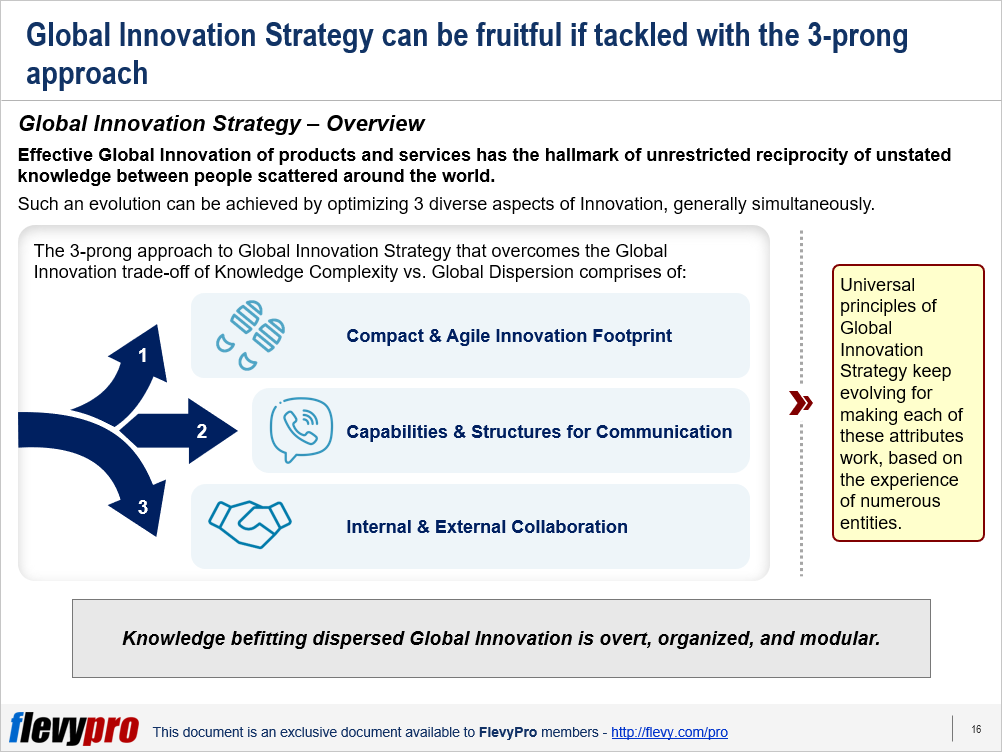
 Organizational
Organizational 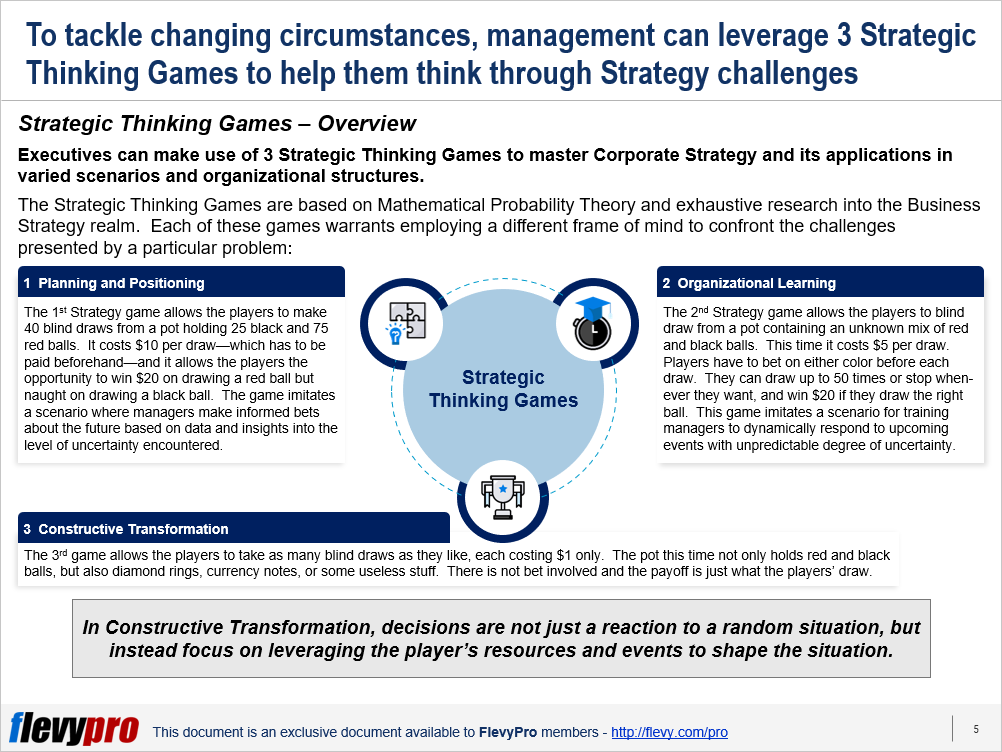
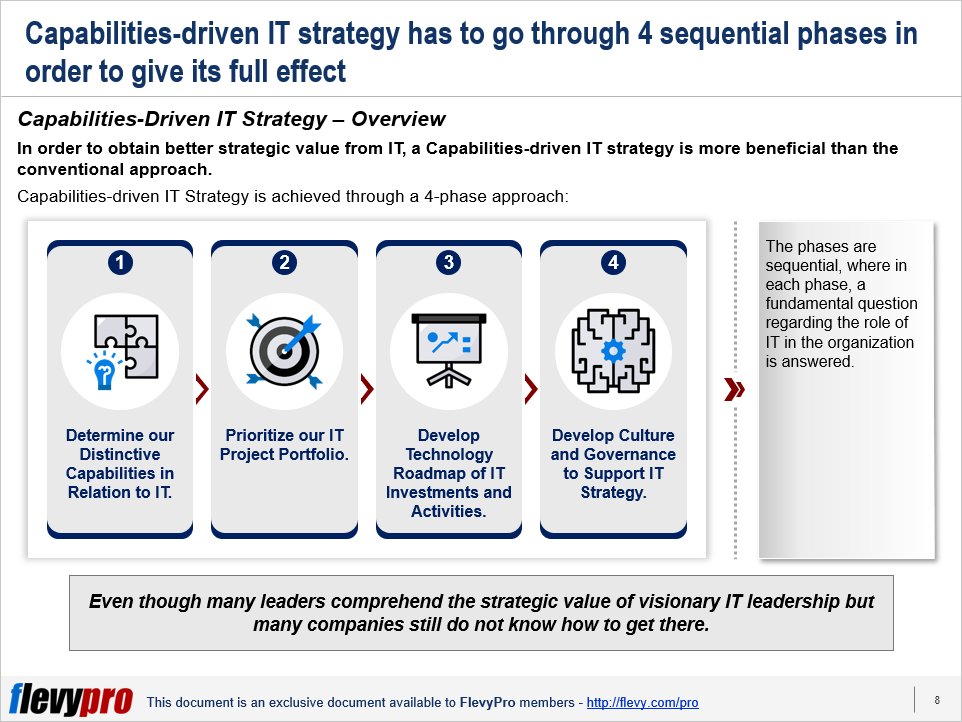
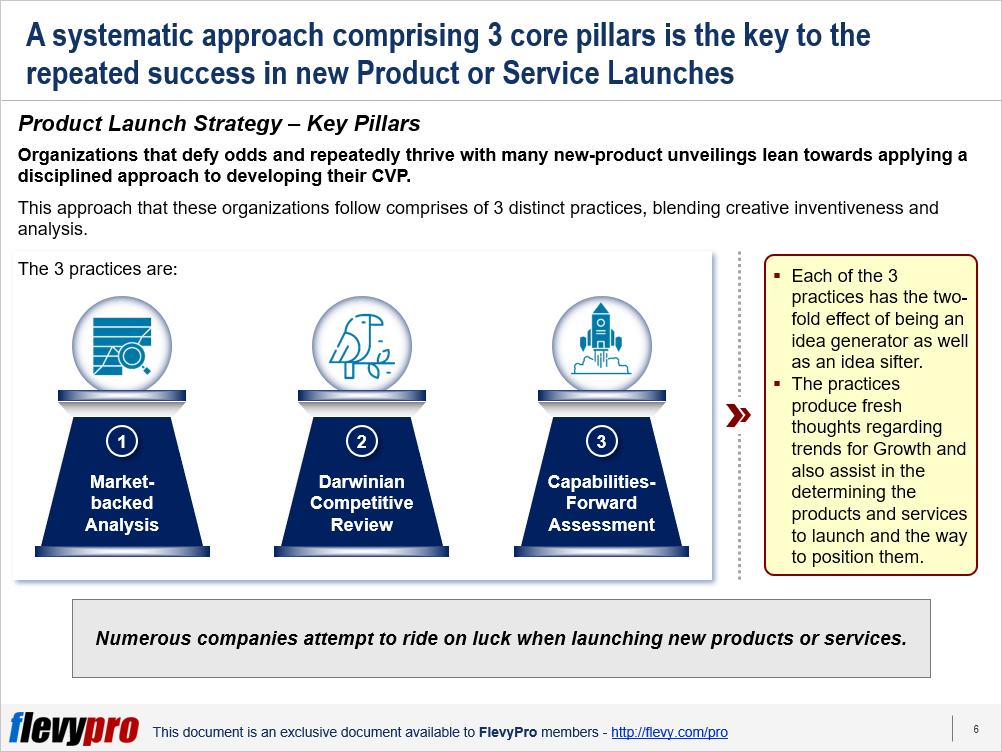
 Most people believe that the value and impact of the C-level leadership originates from the number of meetings conducted, having the ability to plan for long term, and make key strategic decisions collectively. However, in reality, the C-level seldom works in unanimity to make collective decisions. They often have animosities with each other and lack collaboration and mutual trust.
Most people believe that the value and impact of the C-level leadership originates from the number of meetings conducted, having the ability to plan for long term, and make key strategic decisions collectively. However, in reality, the C-level seldom works in unanimity to make collective decisions. They often have animosities with each other and lack collaboration and mutual trust.
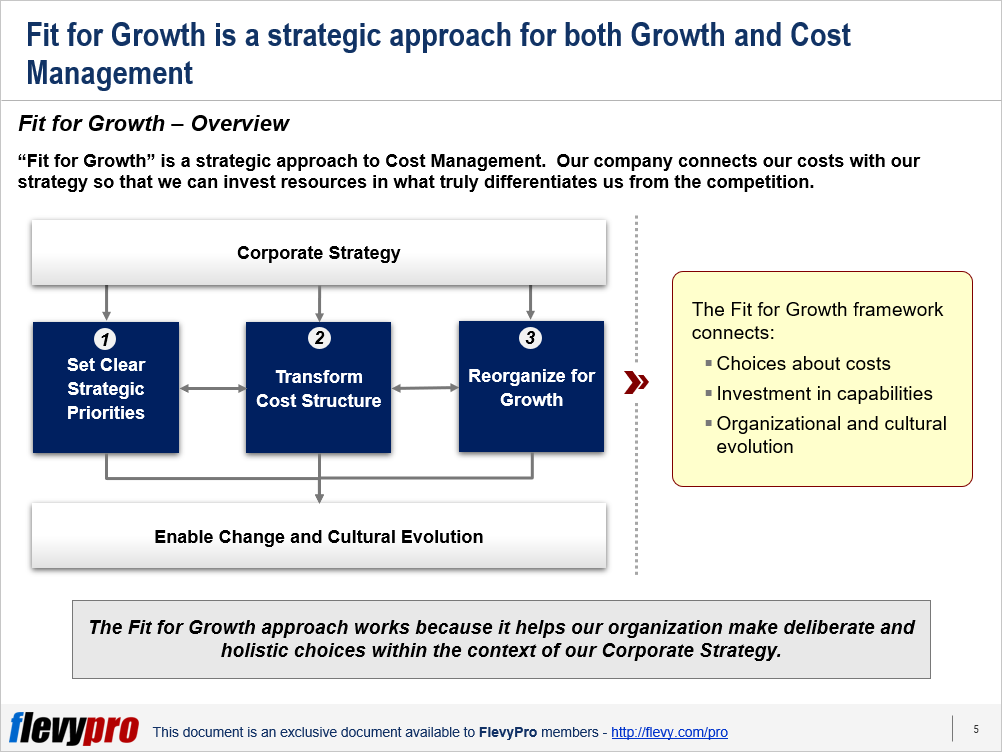

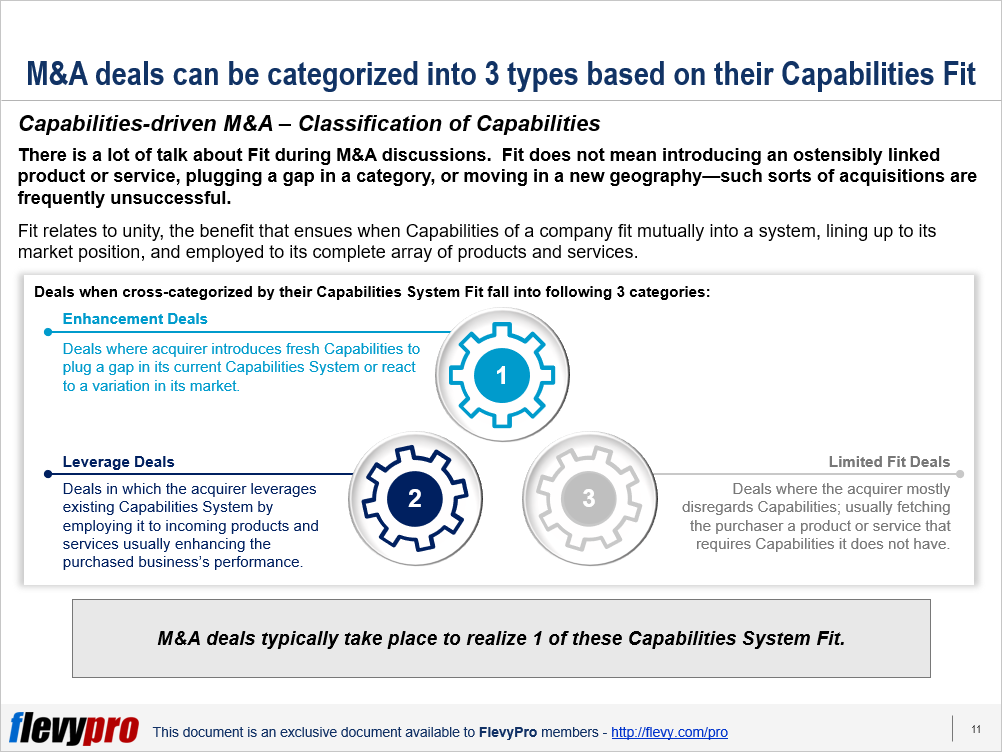

 Potential opportunities always surround leaders. It is up to them to pounce on those or regret overlooking them, when someone else takes advantage of them.
Potential opportunities always surround leaders. It is up to them to pounce on those or regret overlooking them, when someone else takes advantage of them.

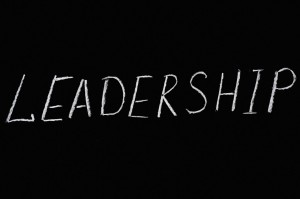 Evaluation and onboarding of outstanding leaders is anything but straightforward. Almost all organizations have set up testing mechanisms or assessment centers to distinguish senior leadership candidates having traits that make up for
Evaluation and onboarding of outstanding leaders is anything but straightforward. Almost all organizations have set up testing mechanisms or assessment centers to distinguish senior leadership candidates having traits that make up for 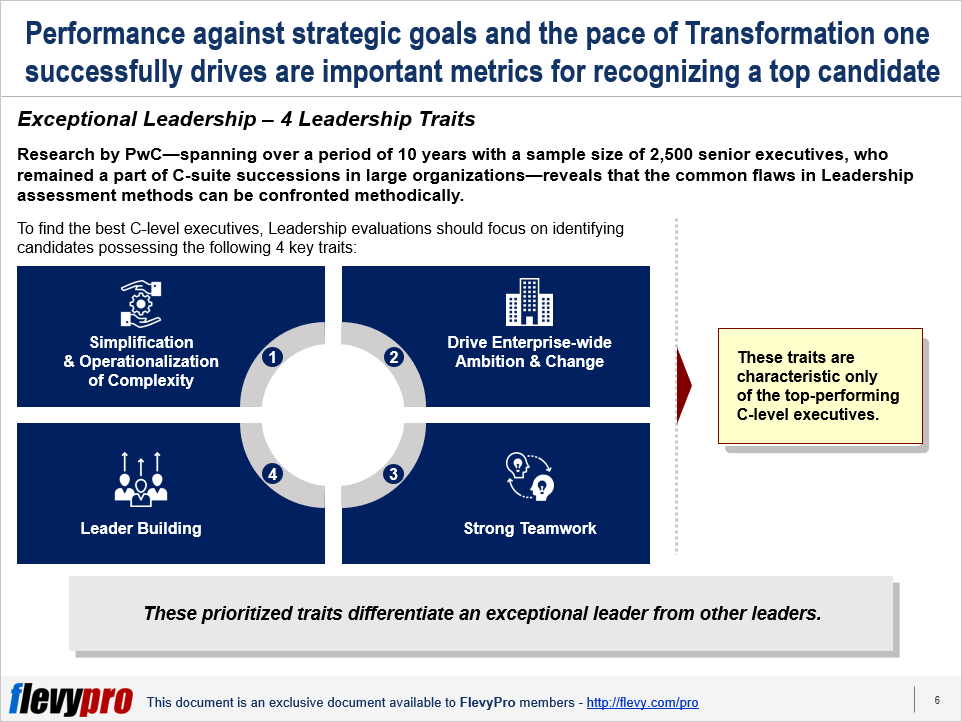
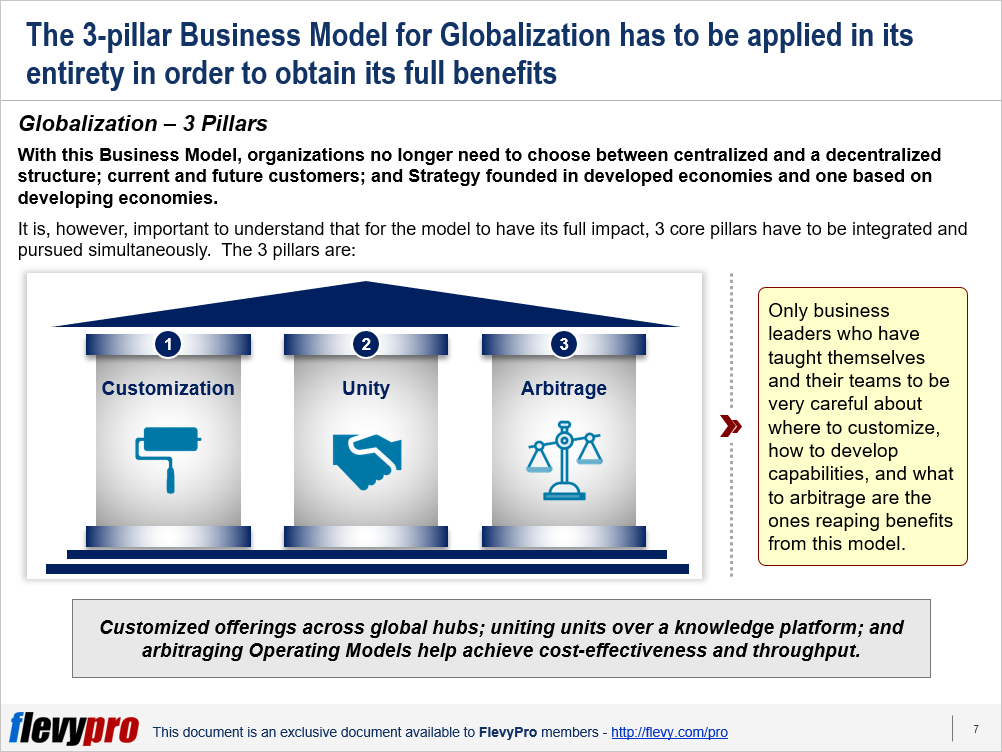

 Business Transformation
Business Transformation
 Employee behaviors are critical for the success of
Employee behaviors are critical for the success of 




